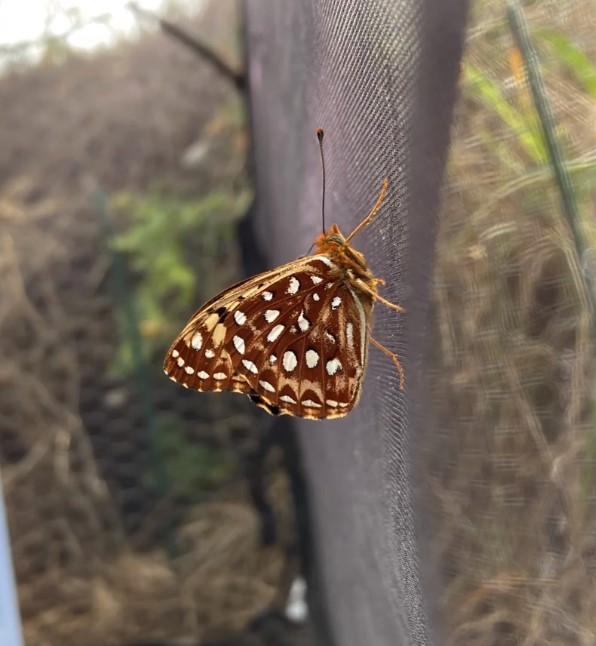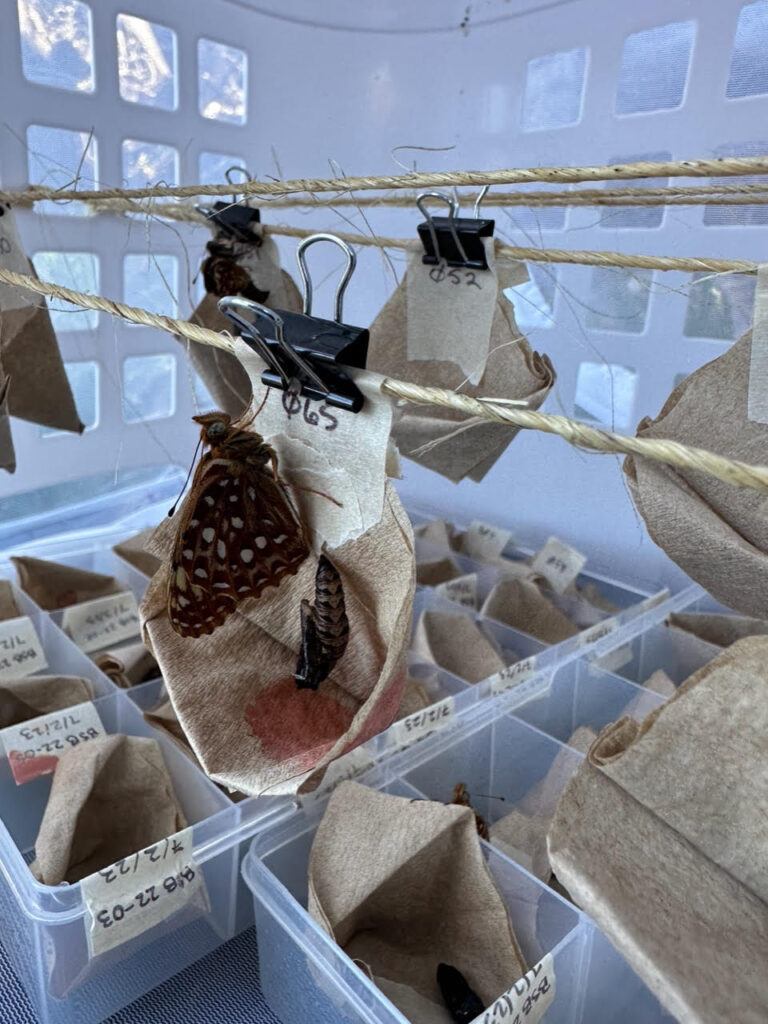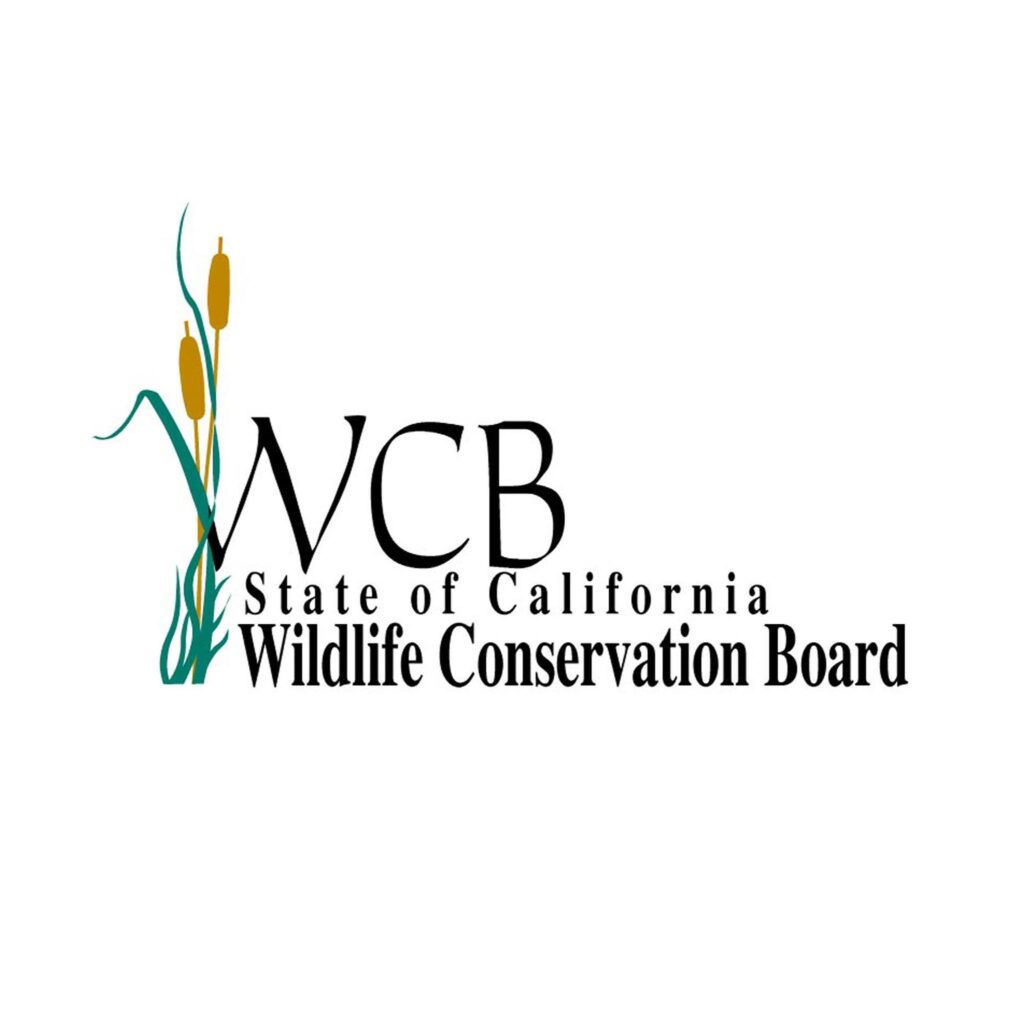News
MLT Lands $1.5 Million Grant
January 16, 2024

A small butterfly just got a big break.
MLT will begin work this month as it coordinates a team of experts to bolster the population of the Behren’s Silverspot butterfly, a federally endangered species. In December, the Wildlife Conservation Board awarded MLT a $1.5 million dollar grant to work with State Parks, the Bureau of Land Management, the Laguna Foundation, the Sequoia Park Zoo, and Wynn Coastal Planning & Biology. This joint, team-effort will oversee a multi-stage, four-year plan to help this butterfly, once a common sight on the Northern California coast.
The restoration will collectively cover 53 acres.
MLT’s Stewardship Project Manager, Anna Bride, spearheaded the grant-writing process. Executive Director Conrad Kramer acknowledged the importance and magnitude of this grand-award.
“With the staunch support of hundreds of biophile MLT donors, we were able to dedicate the staff time to work with our partners to secure the funding to allow us to restore habitat for this tiny beautiful creature,” Kramer said.
The first phase of this project entails habitat restoration. Paid staff and volunteers from these agencies will remove invasive plant species in three different North Coast locations, and then plant more than 35,000 native plants reared in nurseries. These native species will include a mix of native grasses, early blue violets, and other nectar species.
The focus of this effort is in multiple sites. The number of native species to be replanted varies from site-to-site and includes planting seeds at some locations as well as using controlled grazing to eliminate invasive plants in others.
This plant-restoration effort will continue for several years.

In addition to habitat restoration, the grant will fund a two-year program of captive rearing of the butterflies. Experts from the Sequoia Zoo will collect female butterflies from the wild in late summer and the butterflies’ eggs will be hatched in a protected environment. The caterpillars will be raised to the pupae stage.

Then, the following summer, 50-200 butterflies will be released into the improved habitat. Their numbers will be monitored each season for three years thereafter.
The grant writing process is demanding and requires abundant documentation as well as establishing solid collaboration among many agencies. MLT’s winning this grant is a victory for the butterfly and a testimony to the dedication of all of these organizations.
The WCB was established in 1947, and it has evolved today to be an organization that has three primary goals: land acquisition, habitat restoration and development of wildlife oriented public access facilities.
On its website, WCB details 17 programs, ranging from butterfly rescue to forest and desert conservation. You can see the full range of its efforts at this link.